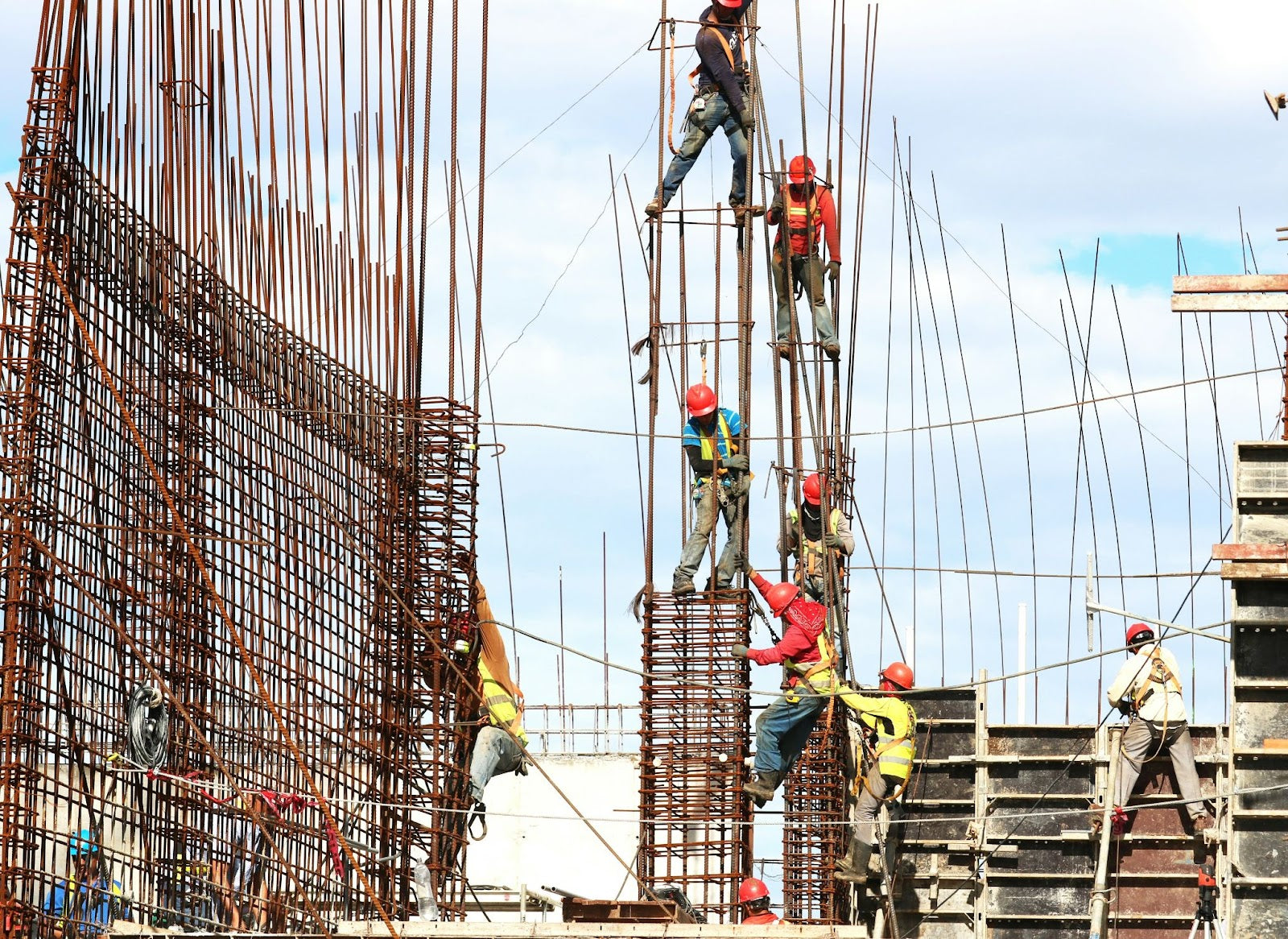If you are a builder, homeowner or developer, then staying updated on UK construction regulations is essential to ensure compliance and avoid any costly mistakes.
Regulatory changes can impact everything from building safety and energy efficiency to accessibility and environmental standards and ultimately shape how new structures are designed and built.
Recently, there have been some updates on fire safety, sustainability, and planning permissions. If you are a construction worker, understanding these is important to maintain legal compliance and deliver high-quality, future-proof developments.
In this article, we have compiled all you need to know to keep you informed on all the latest new regulations and ready to ensure safer, greener, and more efficient building work across the UK.
Updated Fire Safety Building Regulations
In response to the Grenfell Tower Tragedy — a devastating fire that took the lives of 72 people, the UK implemented stricter fire safety regulations to improve building safety.
Now, the use of unsafe cladding is heavily restricted, with new rules requiring the use of safer, non-combustible materials in construction. The Building Safety Act 2022 introduced stricter oversight and now requires accountable persons to be present for building safety and more rigorous inspections throughout a building's lifecycle.
With such measures, the UK ultimately aims to prevent any similar tragedies in the future.
New Energy Efficiency and Sustainability Standards
Reflecting environmental concerns, the UK has pushed for greater efficiency and sustainability in construction, which has led to stricter regulations under the Future Homes Standard and the update of Part L requirements. Here's what they say:
-
Future Homes Standard: Coming into effect in 2025, this standard aims to make new homes more energy-efficient and reduce their carbon emissions. The focus is on improving insulation and reducing heating demand so that new homes are fit for a low-carbon future. To achieve this, alternative heating systems, such as heat pumps instead of gas boilers, must be adopted, and more energy-efficient technologies must be implemented to meet the government's net-zero carbon target by 2050.
-
Part L Update: Part L of the UK Building Regulations relates to the conservation of fuel and power. The most recent update sets stricter energy performance standards for new homes. It requires them to achieve lower carbon emissions and better energy efficiency through better insulation solutions and more efficient windows, as well as the installation of low-carbon heating systems and renewable energy solutions like solar panels.
With these updates, the UK aims to create homes that are more energy-efficient, cost-effective to run, and environmentally friendly.
A Call for Accessibility & Inclusive Design
There are some recent updates to Part M of the UK Building Regulations, which indicate the need for greater accessibility and inclusivity in residential and commercial buildings. The intent is to introduce step-free access, wider doorways, and adaptable layouts that will accommodate individuals with mobility challenges.
For developers and renovators, this means that you need to incorporate inclusive design principles to meet evolving accessibility needs.
Environmental & Biodiversity Requirements
From now on, under new construction regulations, a stronger emphasis will be placed on environmental responsibility and biodiversity. The Biodiversity Net Gain (BNG), for example, now mandates that new developments should enhance rather than diminish local ecosystems and ensure a measurable increase in natural habitats.
Additionally, Sustainable Drainage Systems (SuDS) are now to be considered a priority for managing surface water efficiently, with the goal of reducing flood risks and improving water quality.
These regulations also require tree preservation, better integration of green infrastructure, and the promotion of ecological balance through urban parks and green roofs.
Some Planning Permission & Zoning Changes
More updates have been made to the permitted development rights (PDR), which have expanded opportunities for homeowners and businesses to make the alterations they want without needing full planning permission.
The good news is that this allows for more flexibility in areas such as loft conversions, home extensions, and office-to-residential conversions. Ultimately, these changes streamline the development process.
However, local authority powers and zoning laws have been amended to provide councils with greater control over developments. This is to ensure that growth aligns with local planning strategies.
Additionally, new regulations have been introduced affecting conversions and extensions. The aim is to set clearer guidelines on how properties can be altered so that neighbourhood aesthetics are maintained, heritage preserved, and building safety ensured.
All of these changes aim to balance development flexibility with the need for responsible urban planning.
Considerations Regarding Health & Wellbeing
Health and well-being have always been a top priority in building regulations. New construction regulations ask to enhance this through Improved ventilation and indoor air quality standards. The aim is to create healthier environments by reducing pollutants and promoting fresh air circulation.
Noise reduction measures have also been introduced for residential and mixed-use buildings to control sound disruption and maintain peace and privacy.
Additionally, new requirements for natural light in housing developments intend to help living spaces receive sufficient daylight, which contributes to physical and mental well-being.
Remaining Future-Ready & Compliant to New Regulations
As you can see, with these recent changes in construction regulations in the UK, there have been significant updates across various areas. Doing your best to stay informed about these amends will help you avoid legal issues and ensure your project's long-term success.
We highly recommend that industry professionals seek expert advice to successfully navigate these evolving requirements and remain compliant. If you need support or more information about recent changes, do not hesitate to contact our Lockinex team.

